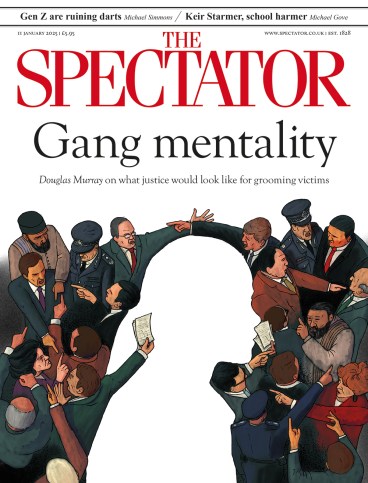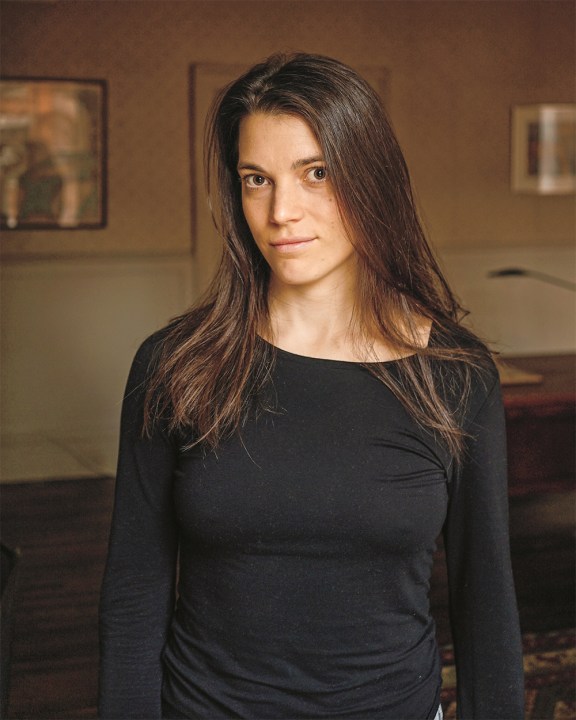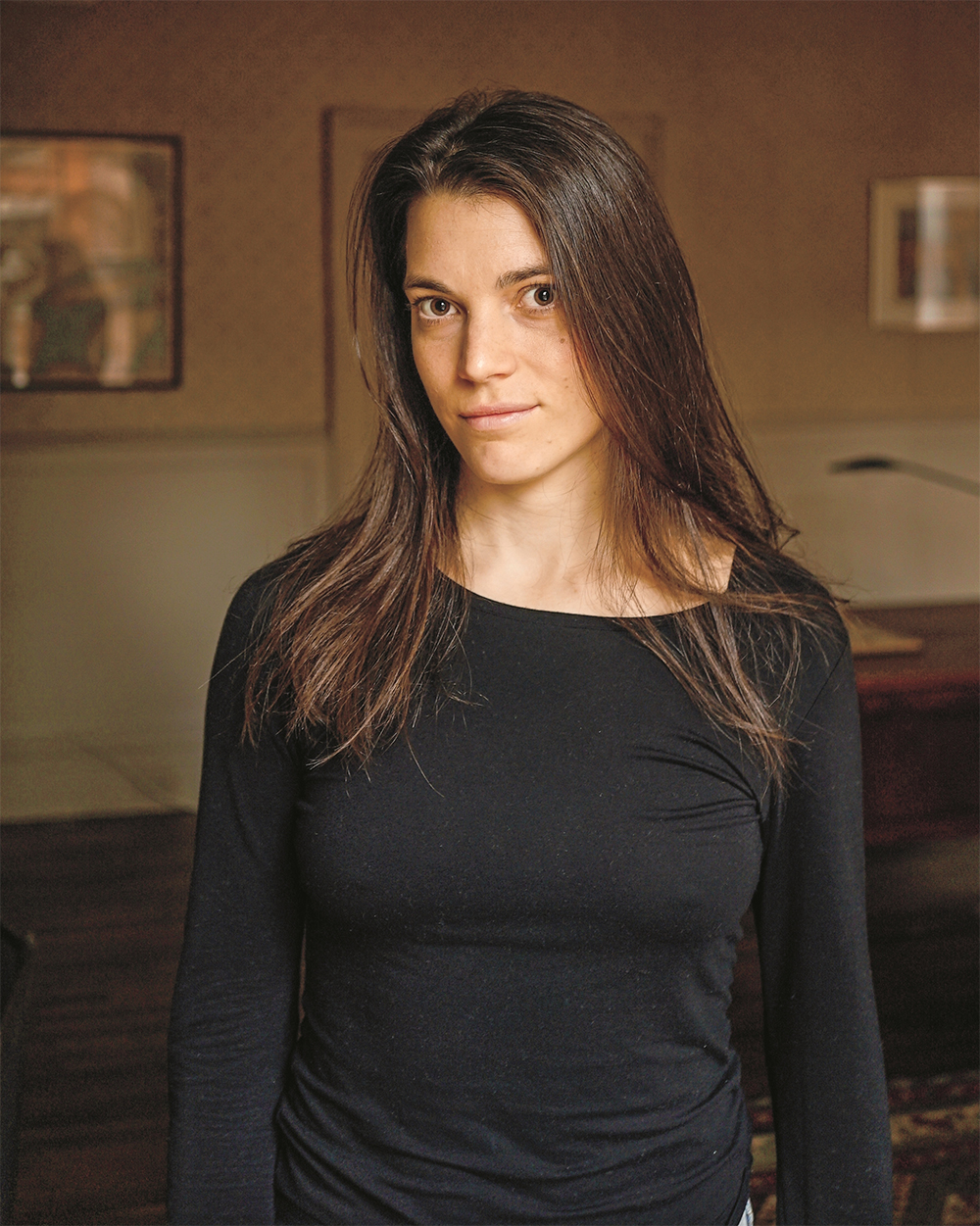
Eva, the protagonist of Clare Sestanovich’s debut novel, is a young woman struggling to find her place in the world. Over an unspecified period, anchored by references to the Occupy Wall Street movement and Donald Trump’s first election victory, we follow her from her adolescence in Brooklyn, through friendships and heartbreak at an ‘excellent college’, to journalism in Washington and nannying in Los Angeles.
Despite her probing of everything (it’s no accident that all the chapter headings are questions), Eva receives few answers and doesn’t follow the usual bildungsroman path of self-discovery. Although Sestanovich touches on matters of moment – a pastor caught with child pornography; a deadly warehouse fire; a school shooting with 20 victims – Eva remains a mere witness to them. Her role is neatly encapsulated in her sense that ‘everything was happening to other people and now it was snowing again’.
She experiences two important relationships. The first is with Jamie, a wealthy young Manhattanite she meets in a hospital waiting room while visiting her grandmother, who has jumped from her nursing home window. The second is with Eli, a fellow student who, after running for election at college, becomes a campaign worker for Jess, a black congressional candidate whom Eva greatly admires.
At first, it seems that the novel will focus on Eva and Jamie’s relationship, which, although platonic, straddles the class barrier in much the same way as that of Marianne and Connell in Sally Rooney’s Normal People (indeed, Sestanovich’s allusive tone and incisive prose recall the best of Rooney); but Jamie, who drifts in and out of the novel, remains frustratingly opaque. His self-abnegation is never satisfactorily explained and he becomes more symbol than character, Christ-like in his care for the marginalised and unjustly imprisoned.
Eva’s relationship with Eli is more straightforward, if equally unfulfilled. As her first sexual partner, he obsesses her. Although she reminds herself that ‘her love story was the same as all the others’, it is charted in language both fresh and beguiling, without stinting on such unsavoury practices as sexting.
Some may find the heroine aimless, but that is to reckon without Eva’s engaging openness and Sestanovich’s sharp observations – as on the New York philanthropists ‘who made a habit of giving but a religion of taking’. The novel’s achievement is to make even its inconclusiveness compelling.








Comments